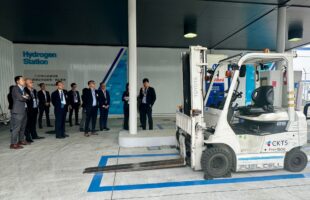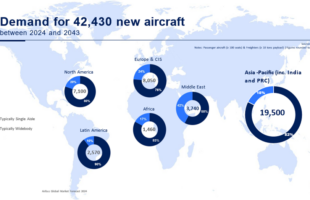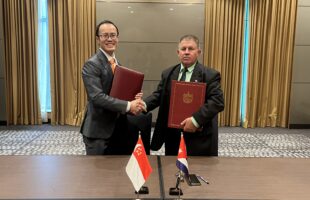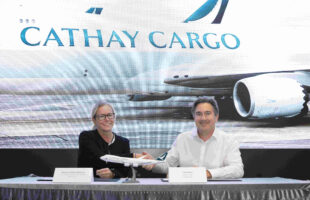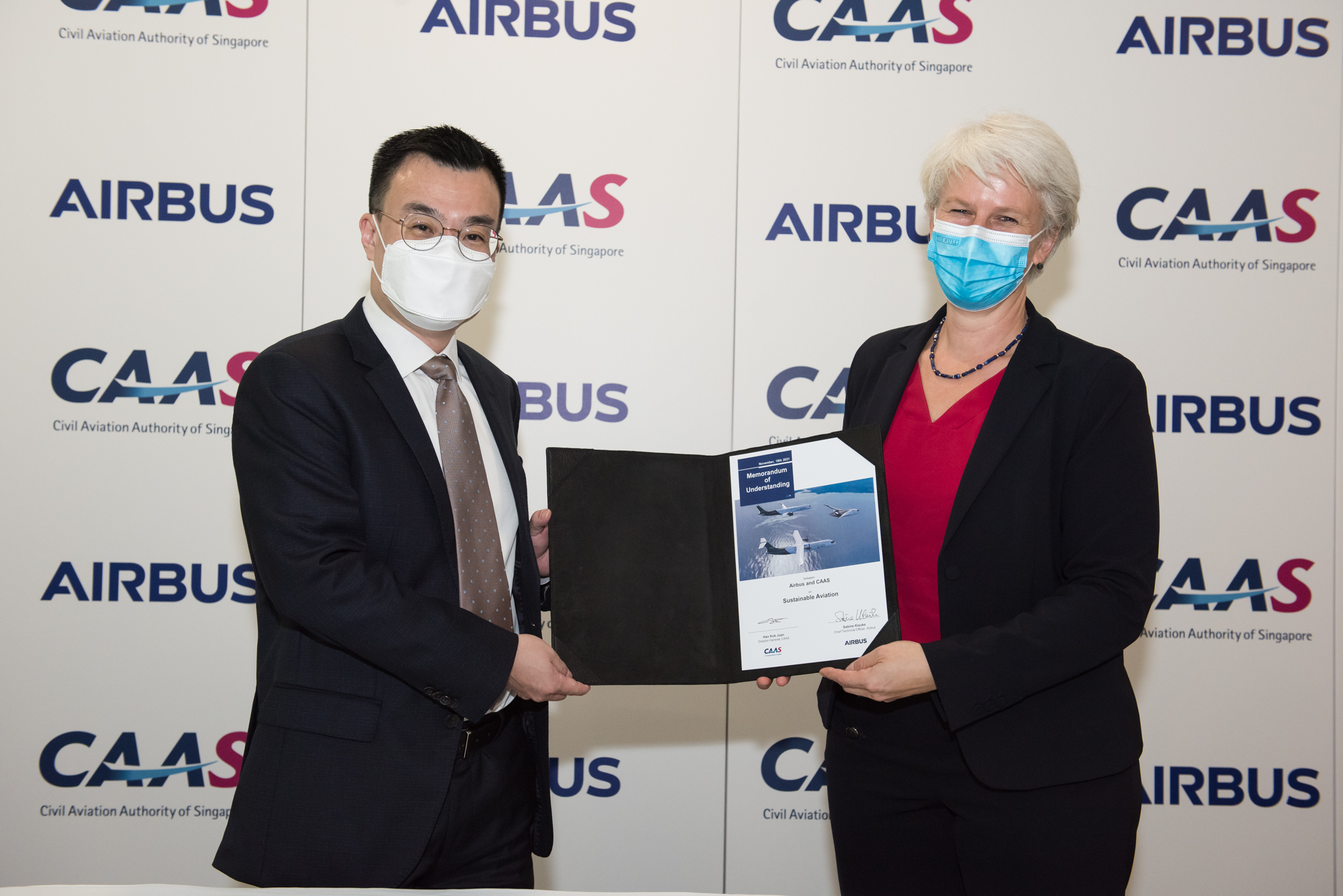

Singapore is making further strides to make greener aviation a reality after the Civil Aviation Authority of Singapore (CAAS) signed a memorandum of understanding (MOU) with Airbus last week.
Under the agreement, the two parties will undertake a market analysis on the potential demand and production supply for alternative aviation fuels, including hydrogen.
The partnership will also study airport hydrogen hub infrastructure requirements, airport operations and support the adoption of sustainable aviation initiatives and policies.
Airbus said the agreement, signed in Singapore by Sabine Klauke, Airbus chief technical officer and Han Kok Juan, CAAS Director-General, presents an opportunity to evaluate how alternative energy sources such as hydrogen could play a key role within Singapore’s overall sustainability strategy.
“Recovery from the COVID-19 pandemic will not be a return to business-as-usual but an opportunity to rebuild an aviation sector that is more sustainable. It is not a question of whether, but of how to make flying greener and developing concrete pathways to achieve that goal while ensuring that air travel is still accessible,” said Juan.
Also read: Airlines, stakeholders discuss future on sustainable fuel
Airbus is currently studying three concepts for its zero-emission aircraft. The first is a turbofan design powered by a modified gas-turbine engine running on hydrogen. The second is a turboprop design, which is also powered by hydrogen combustion in modified gas-turbine engines. The third is a ‘blended-wing body’ design where the wings merge with the main body of the aircraft. The exceptionally wide fuselage of the third concept opens up multiple options for hydrogen storage and distribution, and for cabin layout, the company noted.
“Airbus is committed to leading the decarbonisation of the aviation sector and aims to deliver the world’s first zero-emission commercial aircraft by 2035,” said Klauke.
“The decarbonisation of our industry requires a combination of approaches, hydrogen being one of them, and will need unprecedented cross-sector collaboration to create the new aviation infrastructure ecosystem.”



